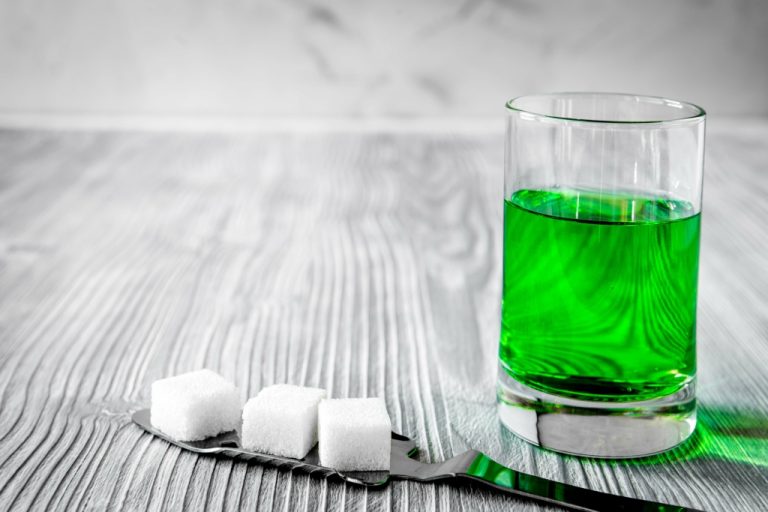These risk factors are further compounded by difficulties commonly experienced by students, including transitional stress and academic challenges, which can increase their susceptibility to engage in alcohol and drug use. Just as the development of a substance use disorder involves profound changes in the brain, behavior, and social functioning,38,39 the process of recovery also involves changes in these and other areas. These changes are typically marked and promoted by acquiring healthy life resources—sometimes called “recovery capital.”14,40-42 These recovery resources include housing, education, employment, and social resources, as well as better overall health and well-being. Recovery support services have been evaluated for effectiveness and are reviewed in the following sections. Mutual aid groups focused on substance use differ from other RSS in important respects.
Gas stoves may contribute to early deaths and childhood asthma, new Stanford study finds
- Therefore, some potentially relevant follow-up questions were omitted.
- Thus, recovery processes should be met with patience and adjusted and collaborative support.
- Updates about mental health topics, including NIMH news, upcoming events, mental disorders, funding opportunities, and research.
- Such triggers are especially potent in the first 90 days of recovery, when most relapse occurs, before the brain has had time to relearn to respond to other rewards and rewire itself to do so.
- In particular, family, partners, and friends were mentioned as both resources and as people who caused trouble and pain.
New meaning and purpose compose another active ingredient of recovery. In my own research, investigating a nationally representative sample of recovering persons, I have found that the sense of spiritual connection is particularly true among African-American and Hispanic individuals. A decision stage follows, marked by the intention to do something about the substance use. It is followed by an action stage—actual, concrete behaviors are learned and performed to transform the decision into tangible operations. In the maintenance phase, skills are deployed and processes are engaged to sustain the initial changes over the long term.
Sign Up for SAMHSA Email Updates
In 2016, my colleagues and I surveyed another nationally representative sample. We discovered that the national prevalence of those in recovery is approximately 9.1 percent, or 22.35 million U.S. adults. Nearly one in 10 persons in the U.S. has recovered or is recovering from a substance use disorder. Genetics plays an important role in conferring vulnerability to addiction. Genetic factors influence how substances are metabolized and experienced. Such biological differences can influence whether substance use continues and increases, remains “social” and occasional, or does not occur at all.

Build Healthy Relationships
- In the early stages, however, those more genetically vulnerable to addiction are unaware of the risky path they are on; their experience is merely of a memorable and highly desirable new discovery.
- It can feel stressful to change, which is why the support a person receives in drug and alcohol treatment can be so important in continuing the process of addiction recovery.
- The Brain in Recovery looks at how the brain changes as individuals enter and progress through addiction recovery, exploring the connections between neurobiological processes and recovery-related behaviors.
- Notice how many are outcomes of the pandemic, i.e., loss of a loved one, boredom, etc.
- The Community Health Project Los Angeles provides services to people who use drugs by way of a harm-reduction approach that emphasizes offering clean needles as well as education on how to respond to an overdose.
The women often had children living in foster homes or with their fathers. They all expressed love and care for their children and emphasised the importance of their children as a motivational factor for staying sober. However, maybe I will never just quit and stay without substances for the rest of my life, as others do.
Drugs, Brains, and Behavior: The Science of Addiction
The FDA typically requires medications to demonstrate efficacy in at least two Phase 3 trials prior to approval for a new purpose. Communities by offering self-care, relaxation and therapeutic art and play sessions, support groups and trainings for mental health professionals. As part of its peer-led model, many of the staff have experienced mental health issues themselves. Employment provides economic stability, a meaningful social role, and often direct access to treatment and recovery services. Accommodate workers, as they return to work and offer other return-to-work assistance. Roughly 90% of individuals with severe substance use disorders began using before the age of 18.
- Studies show that craving has a distinct timetable—there is a rise and fall of craving.
- Only 1.0 percent of people receive substance abuse treatment as an inpatient or outpatient at a specialty facility.
However, there was not a consistent relationship between the amount they drank and how well they functioned. Approximately half of the participants were able to drink heavily on occasion and still maintain levels of functioning similar to participants who abstained or were considered low https://theseattledigest.com/top-5-advantages-of-staying-in-a-sober-living-house/ risk. This finding suggests focusing on function, rather than drinking practices, when defining what constitutes recovery and when projecting how someone will fare long term. Recurrence is a return to problematic substance use after a period of resolved substance use–related problems.
Treatment and education can help adults learn techniques for handling urges and ways of accepting and managing negative emotions. Treatment and information aimed at adolescents can help them learn techniques for managing both positive and negative emotional states. According to the National Institute on Drug Abuse, an estimated 40 to 60 percent of people trying to quit use of drugs, and 50 to 90 percent of those Sober House trying to quit alcohol, experience at least one slip up in their first four years of recovery. Relapse carries an increased risk of overdose if a person uses as much of the drug as they did before quitting. Addiction doesn’t just affect individuals; addiction is a family affliction. The uncertainty of a person’s behavior tests family bonds, creates considerable shame, and give rise to great amounts of anxiety.
